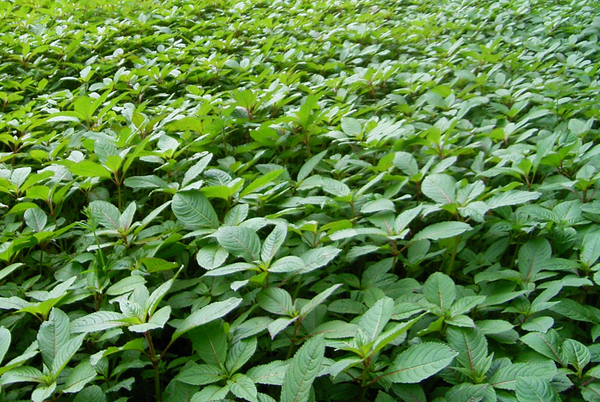New in April 2014 from the ISC
In April 2014 the following datasheets were published on CABI’s Invasive Species Compendium (ISC). You can explore the open-access ISC here: www.cabi.org/isc Thunbergia alata (black eyed Susan) – Australia, Brazil, Central America and many Pacific islands are all threatened by this aggressive herbaceous vine. Once introduced into a suitable climate, often as an ornamental, it quickly establishes…
The XIV International Symposium on the Biological Control of Weeds, Kruger National Park, South Africa, March 2014
In March 156 delegates from 24 countries travelled to the Kruger National Park in South Africa to attend the XIV International Symposium on Biological Control of Weeds (ISBCW) which was held at the Nombolo Mdhuli situated in the Skukuza Camp (2 – 7 March 2014). This quadrennial international symposium is a prestigious conference which provides…
New in March 2014 from the ISC
In March 2014 the following datasheets were published on CABI’s Invasive Species Compendium (ISC). You can explore the open-access ISC here: www.cabi.org/isc Bothriochloa pertusa (pitted beard grass) – B. pertusa is a perennial grass native to eastern and southern Asia. It has been widely introduced in the Americas, Australia and the Pacific, either accidentally or probably in some cases…
Green Invasion: Destroying Livelihoods in Africa [Video]
CABI, together with Tmax Productions, have produced a video called the ‘Green Invasion – Destroying Livelihoods in Africa.” The short film (approx. 7mins long) details how invasive weeds are impacting on the lives of rural communities in East Africa. Although a large number of non-native species have become invasive in the region, this film focusses on…
Weevil fight them on the waterbodies
Introduced to Britain in the 1980s through the aquatic trade Hydrocotyle ranunculoides, commonly known as floating pennywort, is rapidly spreading through Europe and particularly in the UK, Belgium, Germany, Italy, France and the Netherlands. Originating in Central and South America, this stoloniferous perennial plant is forming dense, impenetrable mats which rapidly dominate water bodies, outcompeting…
CABI welcomes EU action against invasive species
CABI welcomes action that the EU has recently taken (September 9, 2013) to protect member states against the adverse impacts of Invasive Alien Species (IAS). The draft Regulation on the prevention and management of the introduction and spread of IAS will help to coordinate management and preventative measures across the whole of the EU, leading to…
Use them and lose
Is promoting the utilisation of invasive non-native species for commercial or other uses e.g. as a feed for livestock, use as a fuel or to produce biogas, a help or a hindrance to their control? A view from Arne Witt, CABI Regional Coordinator, Invasives (Africa & Asia): Promoting the utilization of any invasive non-native species…
Getting swamped: Australian swamp stonecrop (Crassula helmsii) in the UK
In January this year, large parts of southern Australia were ablaze with fierce bush fires, while most of the UK was covered in snow. Half a world away from each other, and at one point nearly 40ºC apart, there aren’t too many similarities to be drawn between the two locations. And yet, there is a…
Rhododendron ponticum – much more than just an invasive weed!
Rhododendron ponticum, native to southern Europe and south west Asia was introduced into the UK in the 18th Century. Since then, this plant has grown uncontrollably and is now a common sight throughout western parts of the British Isles in areas such as Cornwall, Wales and parts of Scotland and Ireland. Despite producing an attractive…
Rusty Solutions for a Prickly Problem
The state of Queensland has got an alien thorny invader: Prickly acacia, or in scientific terms Acacia nilotica subspecies nilotica. Prickly acacia is a shrub or small tree which belongs to the plant family Leguminosae, subfamily Mimosoideae, a family which also accommodates the sensitive plant Mimosa pudica, well-known as a curiosity house plant. The prickly…



